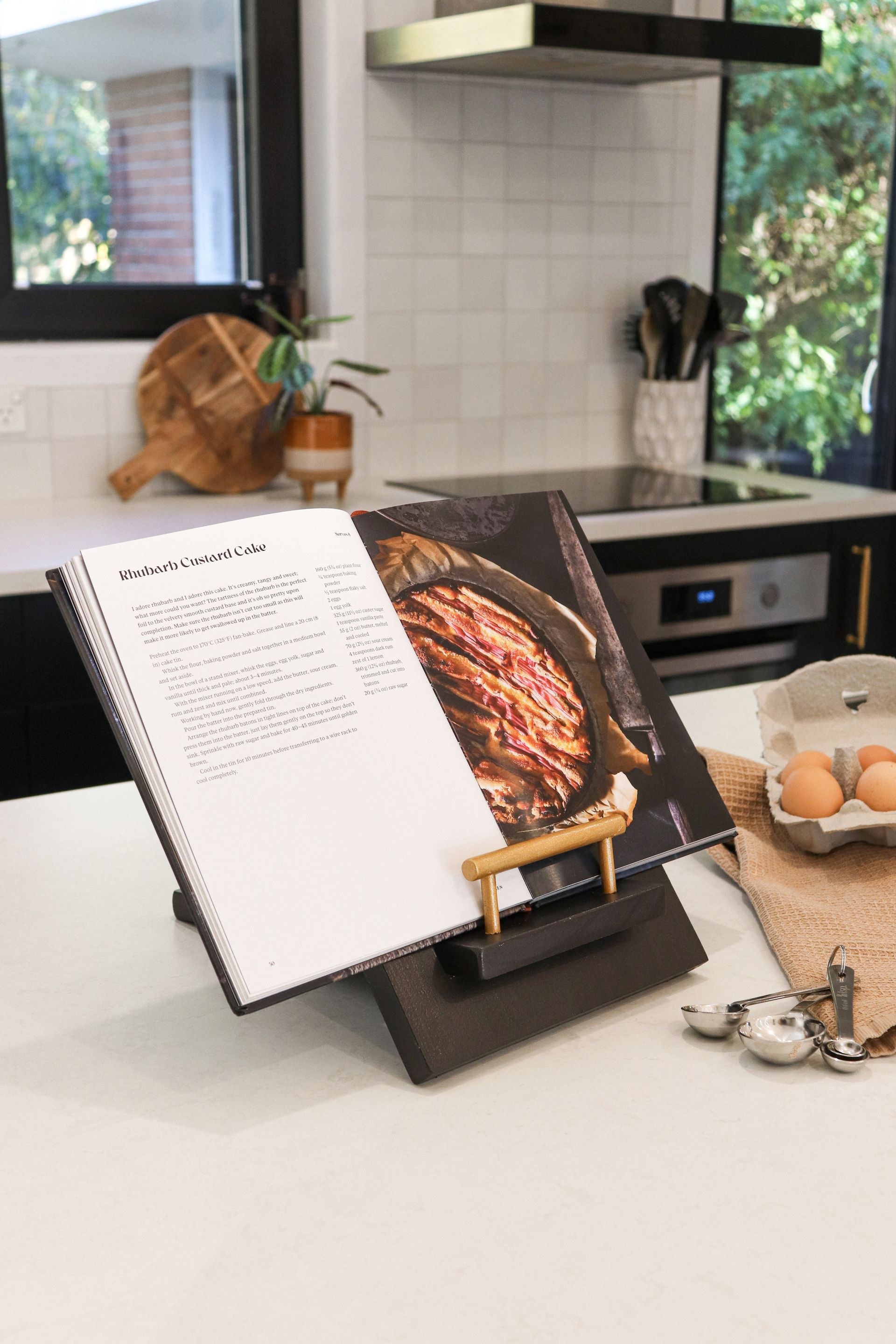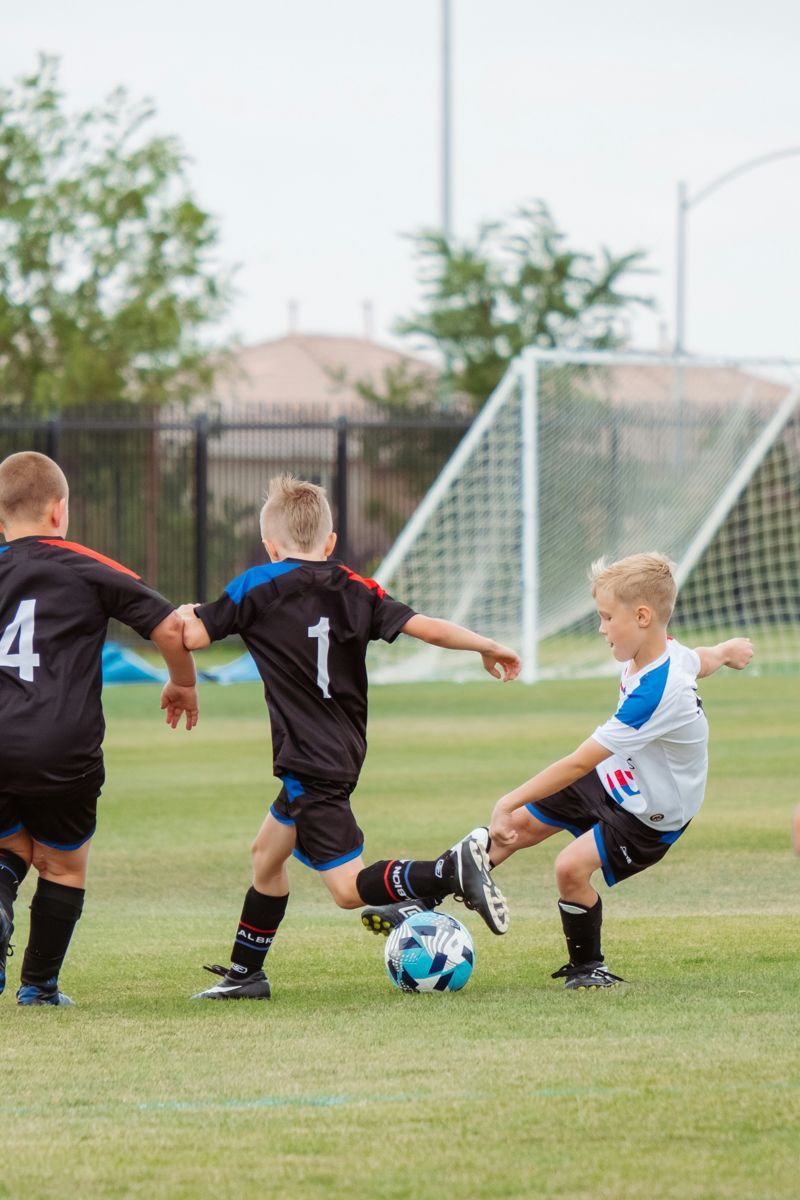As Playcentre celebrates its 80th anniversary this year, we talk to Barbara Chapman who shares her involvement in the long and proud history of one of New Zealand’s leading preschool organisations.
On a certain day in 1970, in a small, rural Mid Canterbury village called Lauriston, my mother-in-law and a group of other interested young mothers met at the local school hall to discuss the possibility of opening a branch of Playcentre. The mothers felt there needed to be a place where their preschoolers could come together to play and learn in a safe environment, and where the teachers were familiar faces – their mothers.
Much to the credit of those women, the Lauriston Playcentre officially opened in 1971. My husband was the first child enrolled. Many of the friendships he formed then, are still going strong today.
From its inception, Playcentre was determined to forge a new path in early childhood learning. The late Ailsa Densem (Playcentre Association President of 1969) wrote in her introduction to the book Learning Together – The Playcentre Way: ‘The core philosophy – the non-negotiable theme for us all, is that Playcentre is for children and parents equally, and that both learn as they go along.’
Playcentre celebrates its 80th anniversary this year, so it seems more than timely to reflect on the long and proud history of one of New Zealand’s leading preschool organisations, and the people who set the movement in motion in Canterbury; people such as the indefatigable defender of parent/child education, Miss Doreen Dolton.
Dolton came to New Zealand in 1938 to complete the final 18 months of her five-year Carnegie Corporation grant. Invited by the Association for Country Education, Dolton’s appointment was the first in New Zealand of a full-time worker who specialised in childcare. Dolton’s brief was to investigate methods of parent education suitable for New Zealand, and adult education in childcare and management.
Following the expiry of her Carnegie grant, Dolton chose to remain in Christchurch lecturing and working with children, and, where possible, their mothers.
In August 1941, the Honorary Organising Secretary of the Wellington Nursery Play Centres’ Association, Inge Smithells, visited Christchurch and spoke to a group of women that included Dolton, Dr Helen Field, Mrs Hallam Gresham and Mrs Read Masters. The latter three women all had young families, and had expertise and interest in areas associated within preschool education and parent education work.
Smithells spoke of the work carried out in Wellington to establish a Playcentre at Karori (New Zealand’s first Playcentre). After Smithells’ speech, all of the abovementioned women expressed their interest in forming a committee to explore setting up a similar playcentre in Christchurch.
By 1942 six more women and one man came aboard to form the executive committee of the Christchurch Nursery Playcentre Association, with Mr A.C. Brassington as chairman.
The first annual report of the association clearly stated its three core aims. Firstly to help mothers of young children by allowing them at least one afternoon free from the child or children. Secondly, to help mothers to understand their children and so gain more happiness in the family. And finally to provide children from two to five years with a happy place where they can meet other children and play together with up-to-date toys and equipment.
From that first association committee, it was clear they realised that only through involving parents in the centres, and in supervision, could their second aim be achieved.
The first Christchurch Playcentre was opened in October of that year at the St Barnabas Church Sunday School; approximately 20 children attended.
The Second World War helped establish further Playcentres in Christchurch, as evidenced by the Central Committee’s Honourable Secretary’s publicity statement in the Christchurch Star-Sun and The Press in January 1942: ‘I think these centres will be a great blessing to young mothers with husbands overseas,’ and again, ‘This is quite definitely a small war effort.’
The Christchurch Nursery Playcentre Association requested affiliation with the New Education Foundation (NEF) in 1941, and on discovering the NEF had made a grant to the Karori Nursery Playcentre, it, too, requested a grant, with the result that in September 1942, the NEF loaned the association £5 to purchase equipment for circulation to centres.
The next Playcentres to open were at Shirley; St Lukes Church (aka the Peterborough Centre); Knox Church, and in 1943, Merivale, Dallington and Lincoln College opened branches.
Waimate opened a Playcentre in 1944, as did Runanga, beginning a link of 30 years between the West Coast and Christchurch. Akaroa opened its Playcentre in 1946, and the already established Timaru Playcentre affiliated with the Christchurch Association that same year. By 1952 there were 74 Playcentres, 29 in the city and 45 in rural districts.
A major breakthrough that recognised times were changing came in 1955 when the Central Committee approved the parent of a Playcentre child to act as supervisor. Prior to this, it was assumed that mothers would not take on a professional role, despite both parents and supervisors participating in the same training courses. 23 April, 1969 saw the association’s opening ceremony of two rooms at Wharenui School – one for administration and training, the other for housing equipment and the library.
By 1974, there were 80 Playcentres spread across the West Coast, South Canterbury, Mid Canterbury and Christchurch.
The association celebrated its 50th anniversary in 1991, and although there were Playcentre branches experiencing periods of recess due to community needs changing, still, the number of branches in operation that year were notable: 57 affiliated centres, from Kaikōura in the north to Dunsandel in the south; and from Akaroa on Banks Peninsula to inland Waiau and Hanmer Springs.
For Canterbury Playcentre Association Life Member Barbara Chapman, who collaborated with Ailsa Densem on Learning Together – The Playcentre Way, her involvement with Playcentre began with her mother, Margaret Royds. ‘My mother worked in early childhood education and had early childhood qualifications. In 1948 she became a supervisor at Fendalton Playcentre and went on to become Director of Practical Training. In the 1950s she became President of the Canterbury Playcentre Association.’
Counting her mother, four generations of Barbara’s family have attended Playcentre, with her brother at Fendalton Playcentre as a child; Barbara’s four children at Tokoroa and Fendalton from 1969 through to 1979; and two of her grandchildren attended Fendalton Playcentre in the early 2000s.
Barbara’s own commitment to Playcentre saw her transition from administration and parent/child education to become Director of Training and President in Canterbury, and eventually National President from 1988–1990. ‘The Playcentre ethos has always been for parents to have experience with their children, and to advocate for children to play and not be pressured,’ Barbara says, ‘But equally important was that the mothers had that time of social interaction with each other.’
Alongside the names Doreen Dolton, Dr Helen Field and Mrs E.B. Dalmer (who succeeded Dr Field as Association President in 1955) as those regarded most instrumental to the rise and rise of Playcentre, should be that of Gwen Somerset. ‘Gwen was a sister to Rewi Alley,’ Barbara explains. ‘She and her husband were very involved in working with families in Oxford and in Fielding. They were strong advocates for getting parent education started in Fielding, as well as parenting courses for young mothers.’
Which brings me back to conversations with my mother-in-law around the opening of the Lauriston Playcentre all those years ago. ‘Coming from Timaru, to suddenly be living in a rural environment with a toddler felt quite isolating. But those Playcentre get-togethers changed everything; I no longer felt alone.’
Today there are 426 Playcentres nationwide, with 45 in Canterbury, including one Playgroup. As this – let’s acknowledge it – awesome organisation celebrates its birthday this year, those oft quoted words ‘we stand on their shoulders’ seems the most fitting tribute to wrap this story. The roll call of women and men who had a vision and made it happen is a long one, but the legacy of their work and efforts lives on and can be seen in every Playcentre the length and breadth of Aotearoa today.
For more information, visit www.playcentre.org.nz
Recent stories










